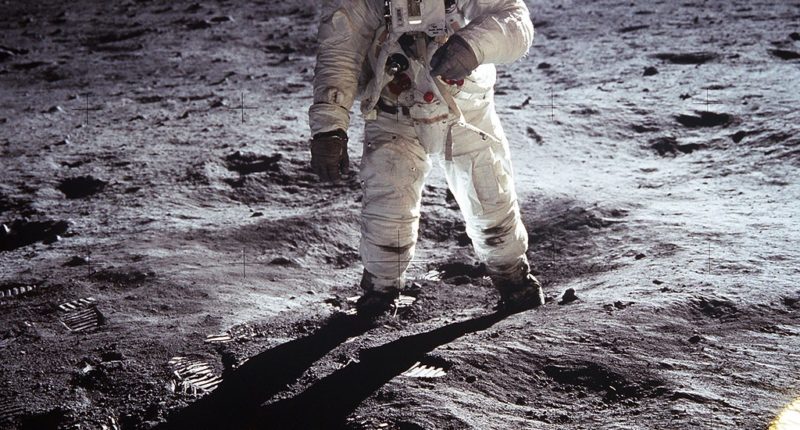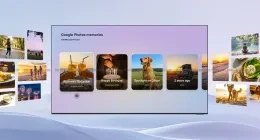For the first time in the history of telecommunications, Nokia is all set to expand outside our planet, and provide services on THE MOON!
US space agency NASA is looking forward to a future where returning to the moon and establish a lunar settlement could be a breeze for humans. Thus, to build the first cellular network on the moon, NASA has selected Finnish telecom giant Nokia, and awarded $370 million to over a dozen companies to deploy this technology on the lunar surface.
NASA aims at building a long-term presence on the lunar surface under its Artemis program to accomplish the Space Agency’s plan to return humans to the moon by 2024. A mobile network will go a long way towards achieving that dream. Moreover, an astronaut live streaming from the Moon might just be the coolest thing to see, and I am all for it.
After being discovered as a partner to advance ‘Tipping Point’ technologies, Nokia announced that the corporation shares a close bond with a Texas-based private spacecraft design company, Intuitive Machines to deliver the pieces of equipment to the moon on their lunar lander.
The company is planning to begin its initial stage by using 4G/LTE. Since 4G/LTE has proven itself over and over again by meeting the world’s mobile data and voice needs, the network would be best suited to give a critical picture to the mission. However, Nokia’s ultimate aim would be to switch to 5G.
However, as crazy as all of this sounds, this will not be Nokia’s first attempt at trying to launch an LTE network on the moon. The company planned to do this way back in 2018 in collaboration with PT Scientists, a German space company, and Vodafone UK to launch an LTE network at the site of Apollo 17 landing. Unfortunately, the mission was unable to get off the ground.
Nevertheless, Nokia seems firm on delivering this time around. With high power to specifically withstand the extreme conditions of launch and lunar landing, the network hopes to give astronauts voice and video communication capability, telemetry and biometric data exchange, and allow deployment and remote control of lunar rovers and other robotic devices.
Besides, the network is to be sent to the moon in an extremely compact form to meet the desired size, weight, and power constraints of space payloads.
For the time being, Nokia is expecting to achieve the target of setting the first wireless broadband communication system on the lunar surface by 2022, before the humans could make their way up to the moon.
Without a doubt, the mission will be a milestone of success in the journey of expanding beyond Earth. As said by Marcus Weldon, Chief Technology Officer at Nokia, “By building the first high-performance wireless network solution on the Moon, Nokia Bell Labs is once again planting the flag for pioneering innovation beyond the conventional limits.”
The Tech Portal is published by Blue Box Media Private Limited. Our investors have no influence over our reporting. Read our full Ownership and Funding Disclosure →






